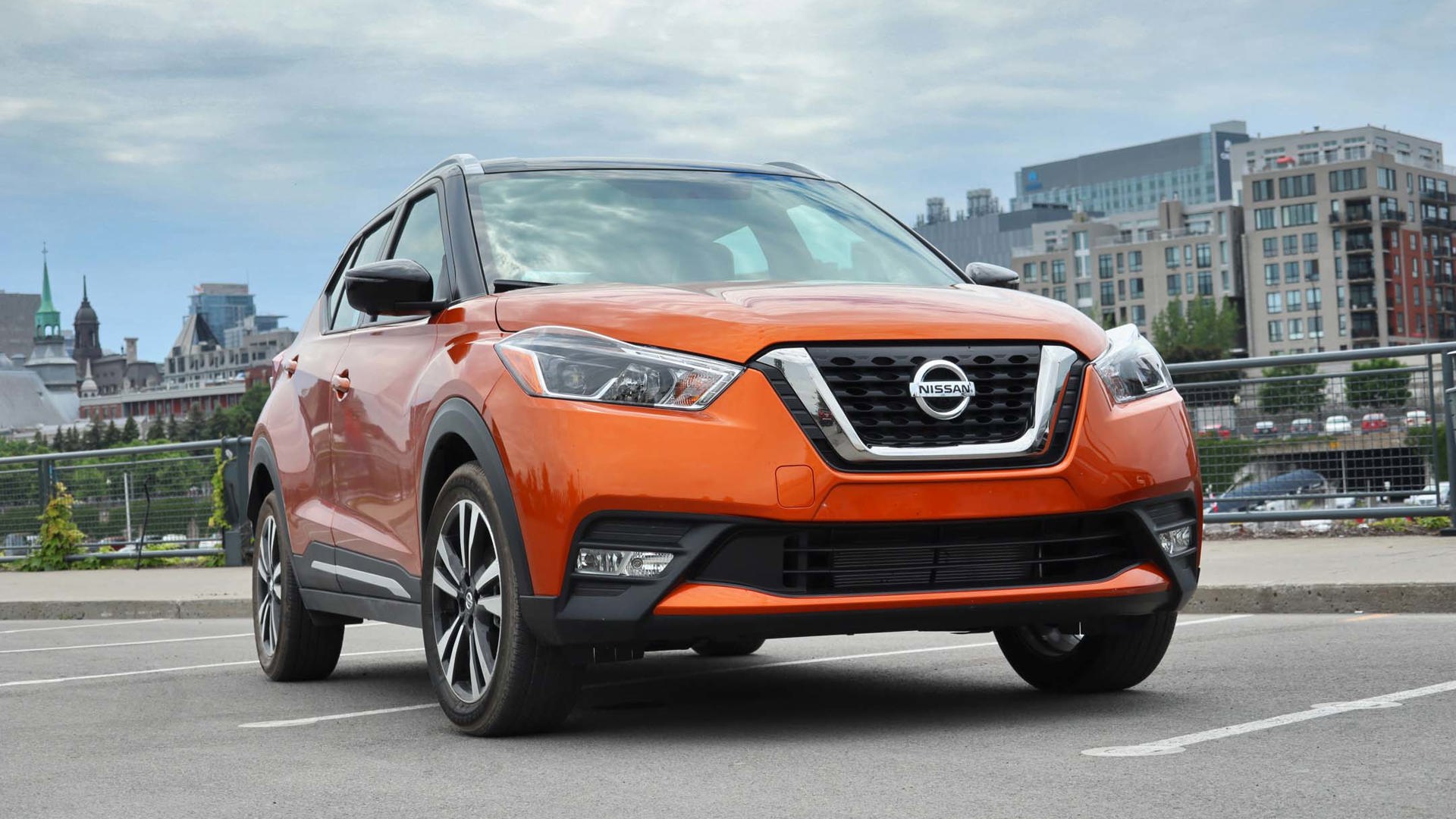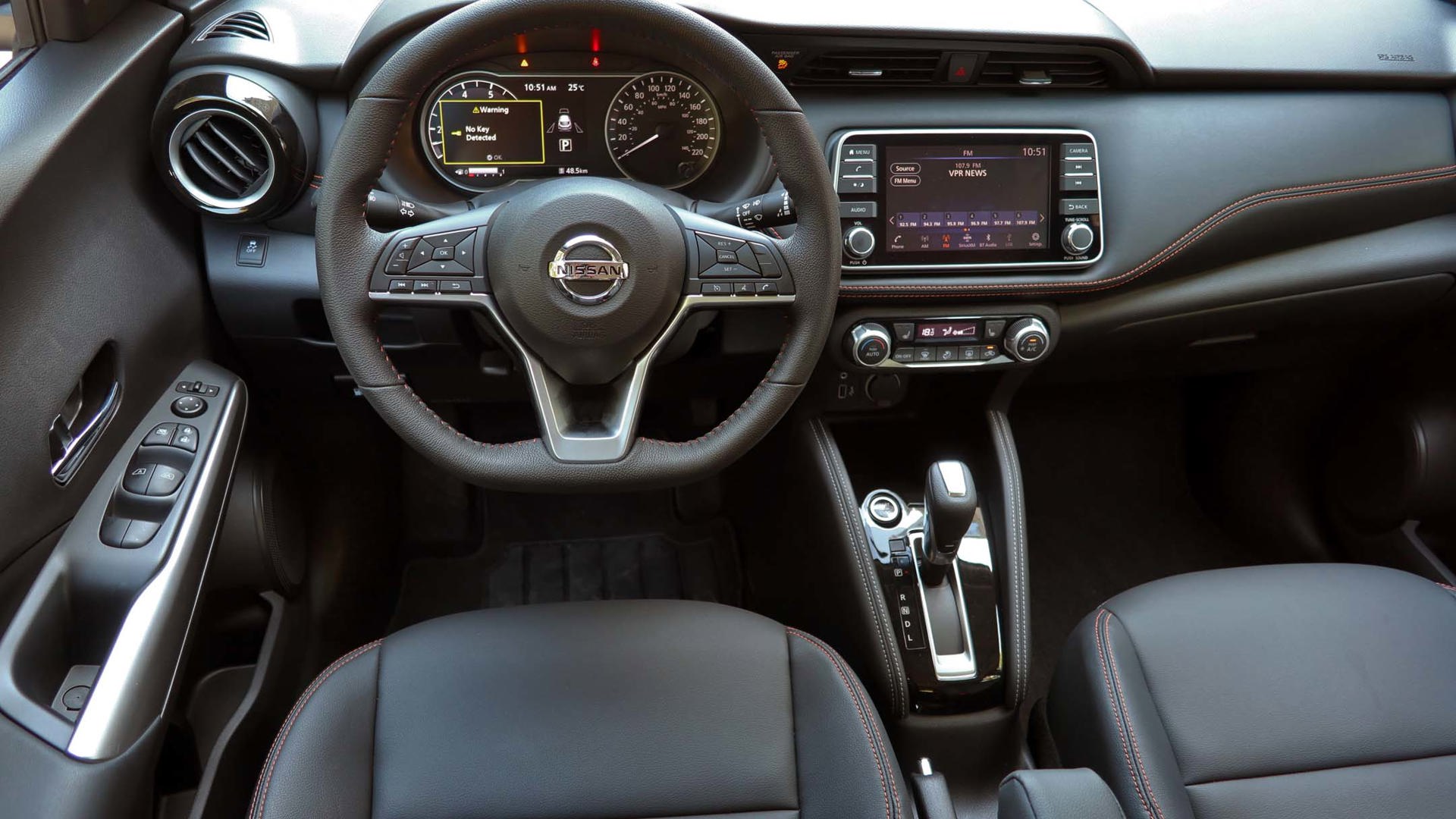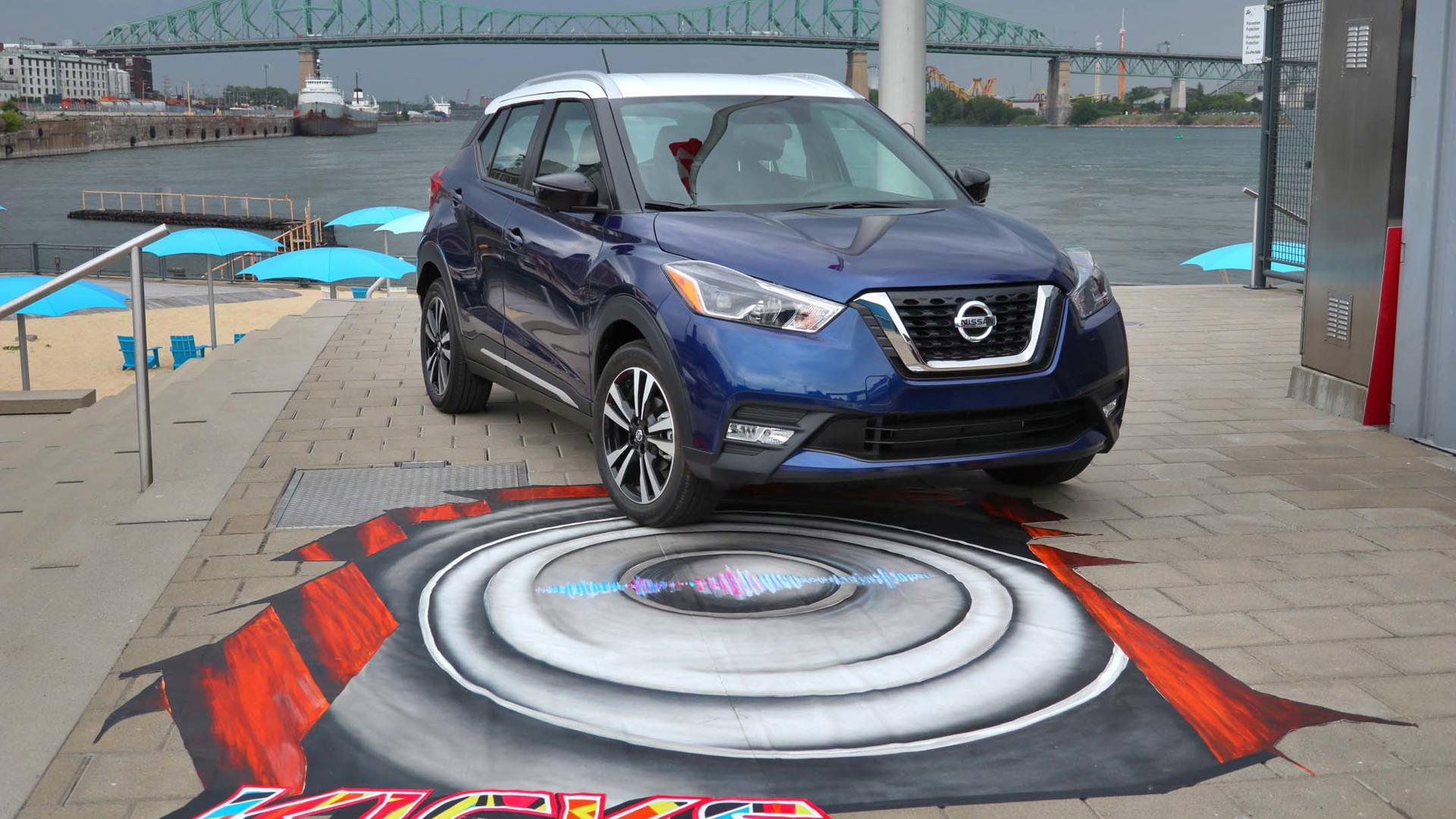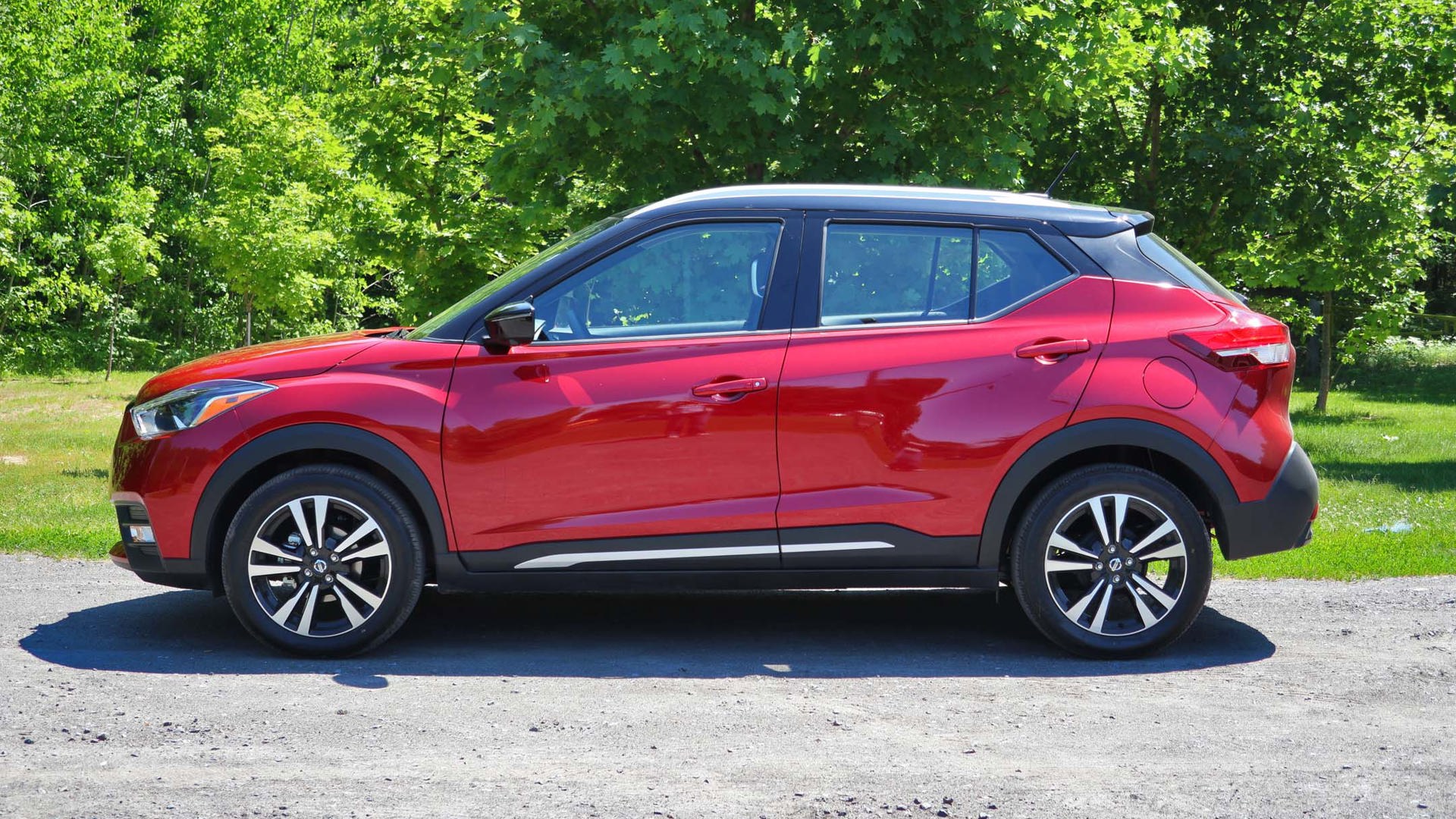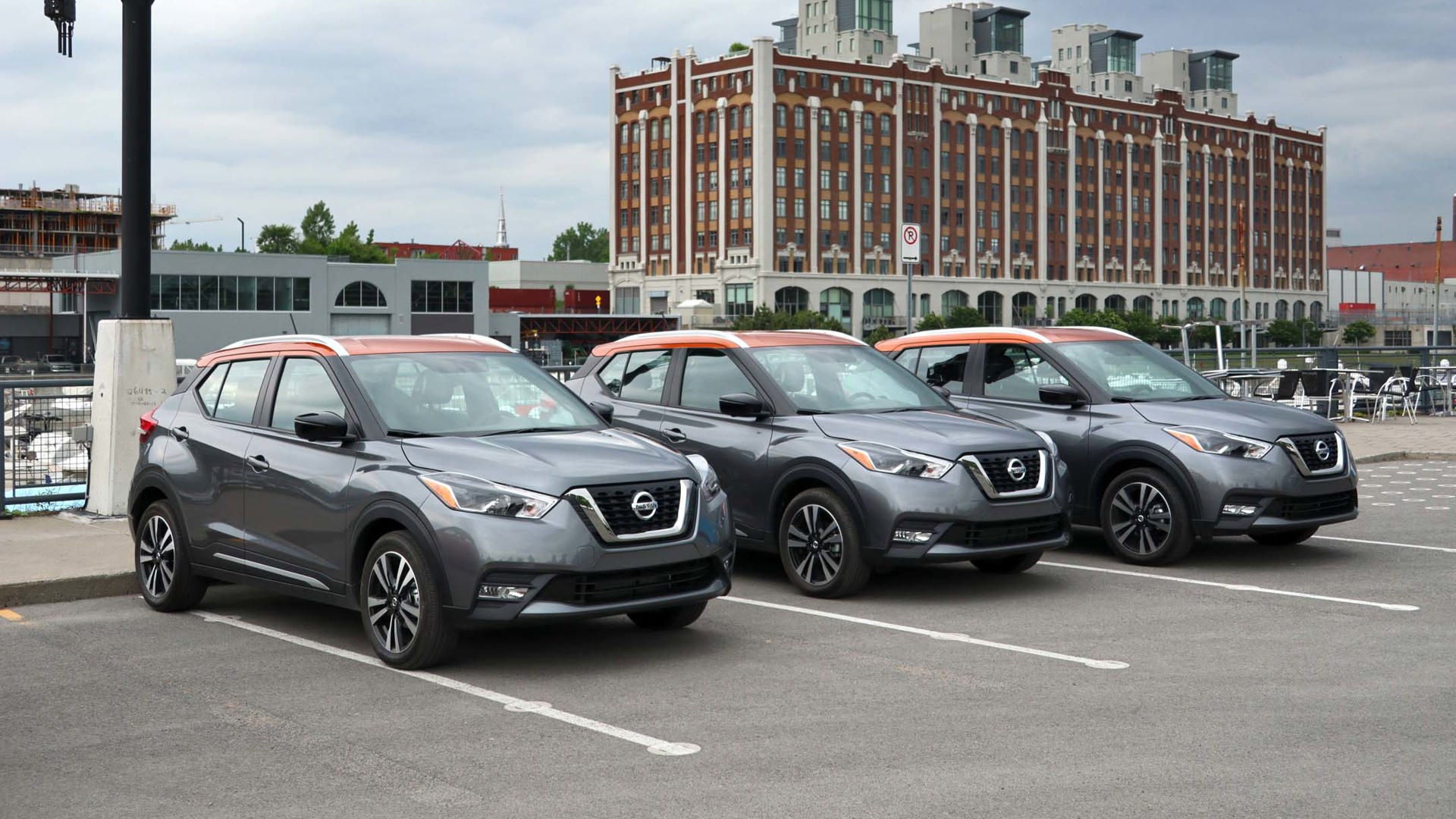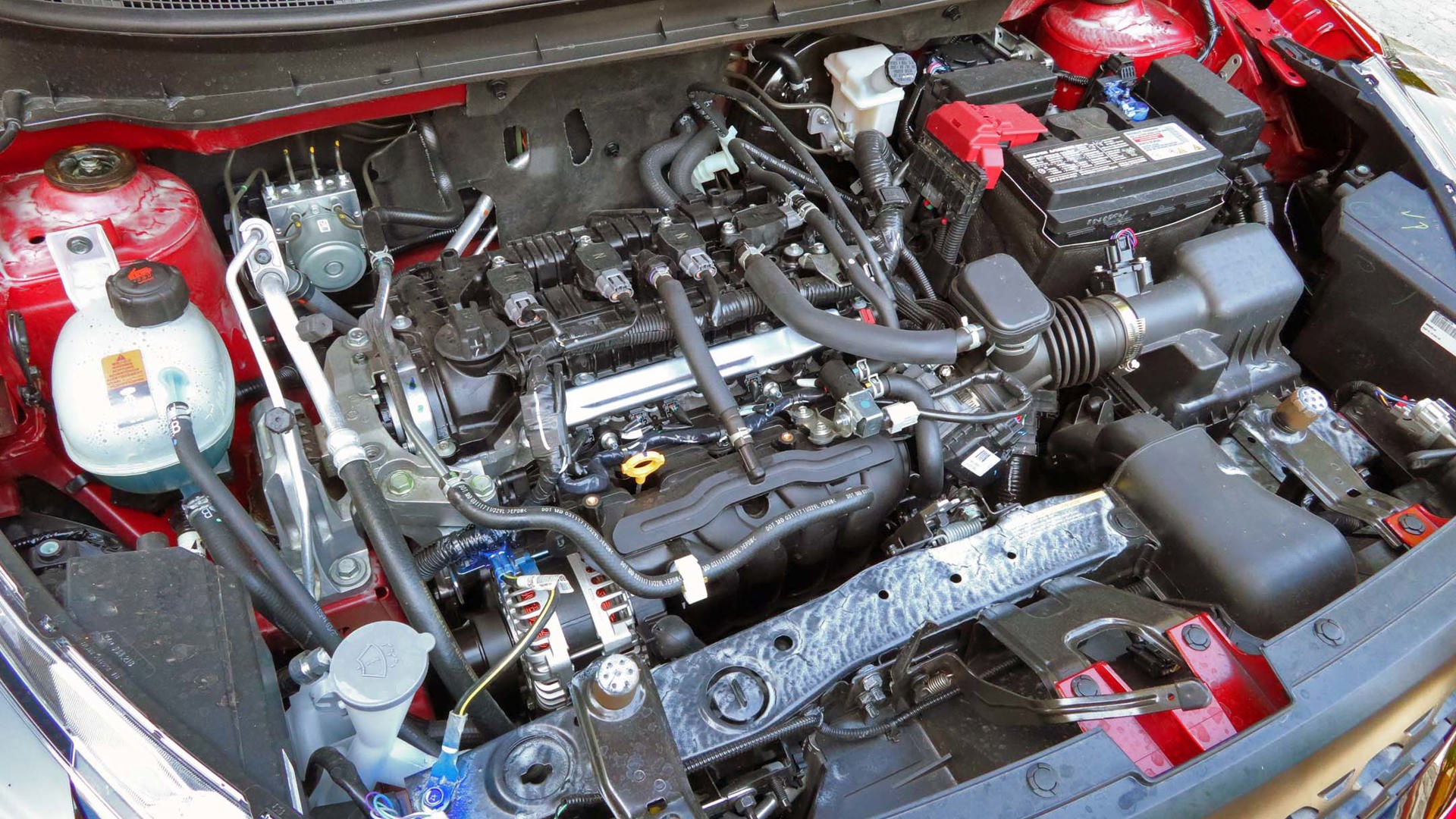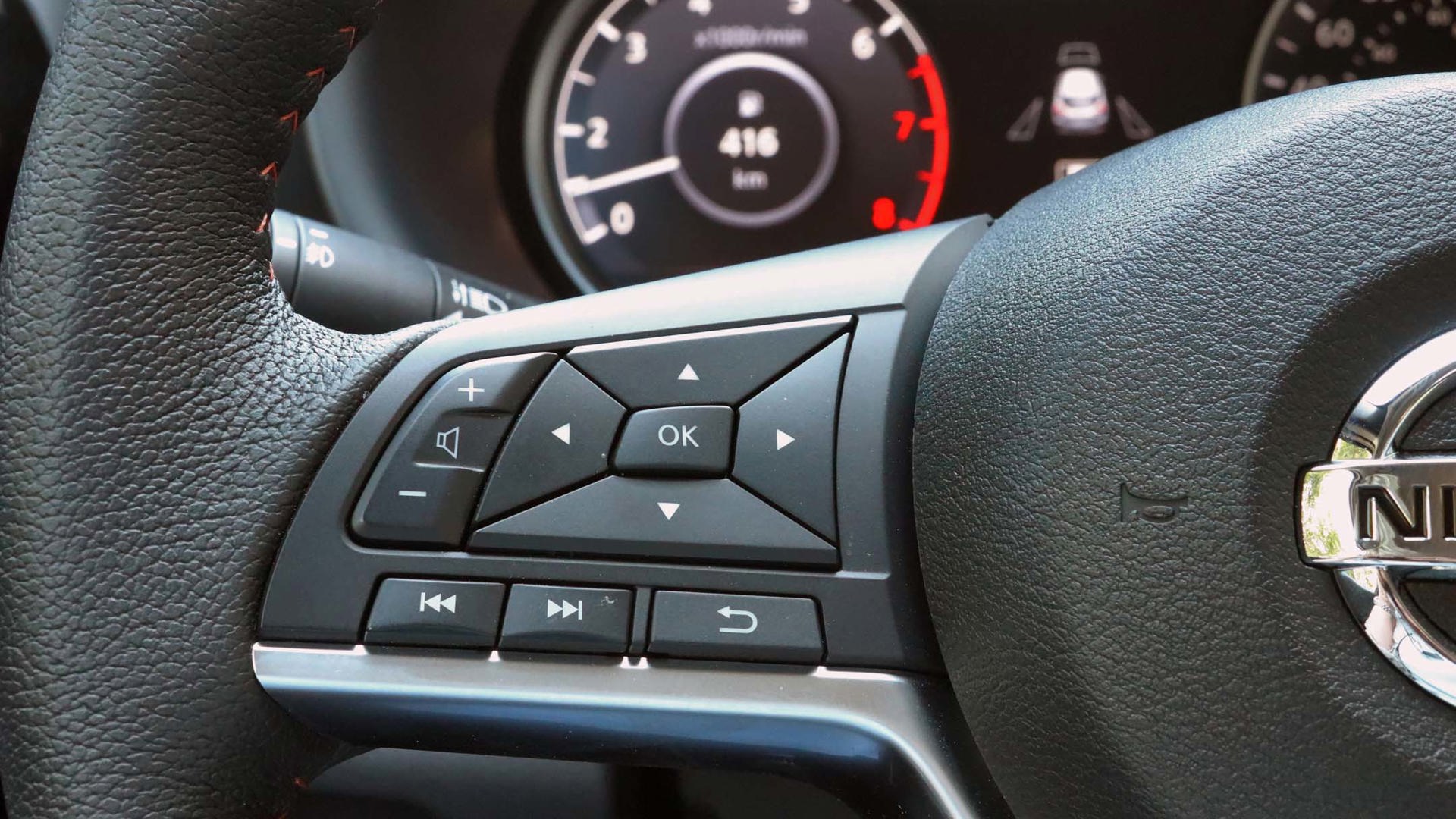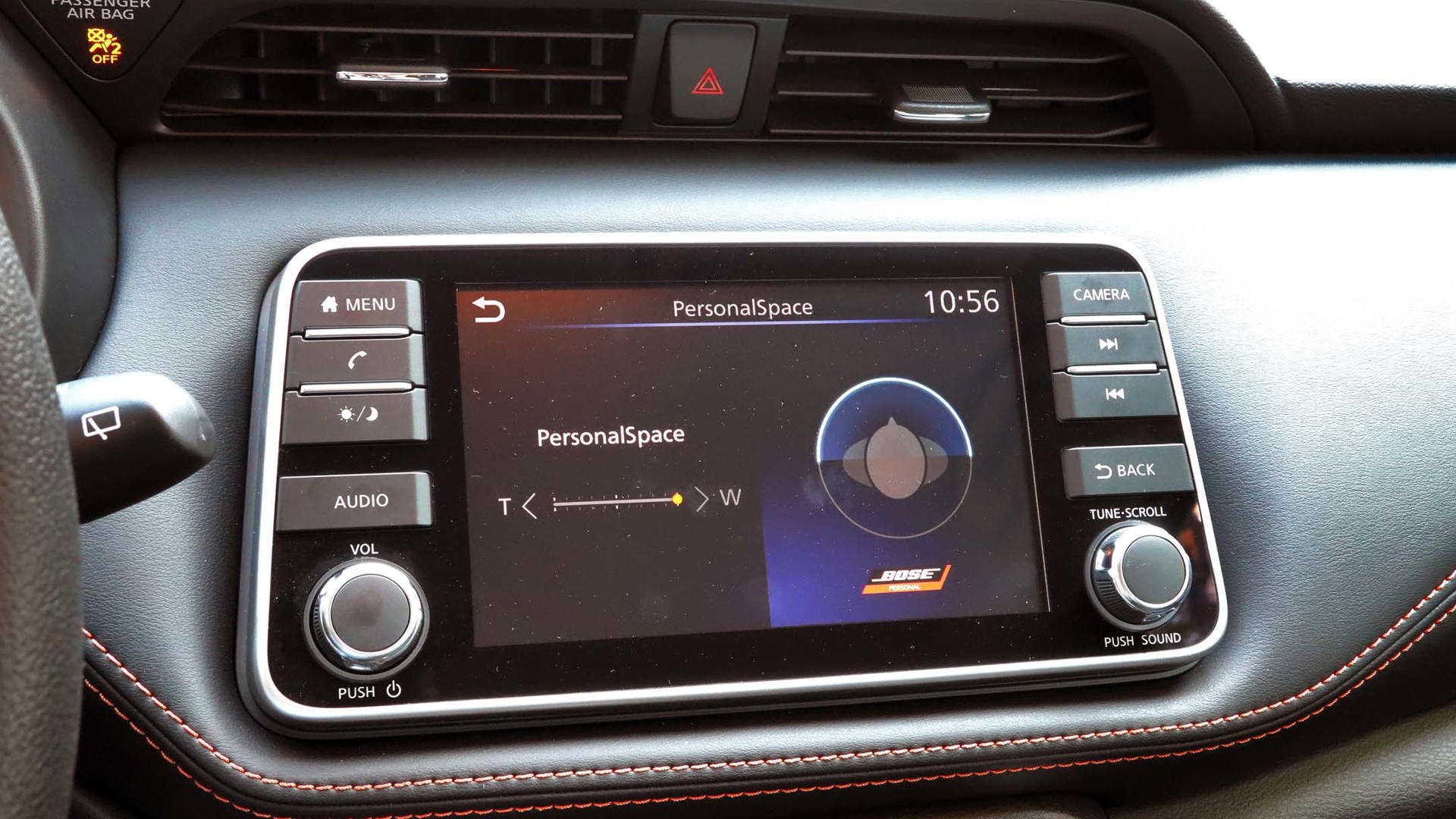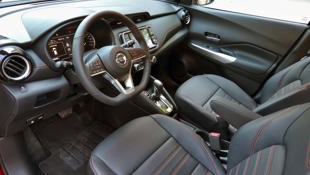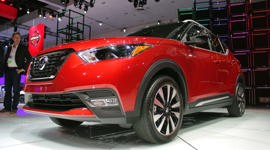MONTREAL – “Get your kicks on Route 66,” as the old song goes, and I’m a little surprised I’m not driving that famous highway through Kingman, Barstow, San Bernardino for the launch of Nissan’s all-new-for-2018 Kicks.
With its combination of reasonable price and list of features, I can see this Kicks kicking some butt.
But my first few spins around Old Montreal more than demonstrate where the Kicks really belongs – not racing across cattle country toward California, but on tight city streets and within the wilds of suburbia. This relatively new segment of shrunken-down crossovers is rapidly finding favour with buyers who are no longer all that interested in sedans – or for that matter, even hatchbacks – but who aren’t ready to move up to larger SUVs.
The Kicks slots in under Nissan’s Qashqai and Rogue, slipping into the spot vacated when the weirdly styled but perky-of-performance Juke was discontinued. Should this new model prove much more popular than the Versa Note, don’t be surprised if that hatchback gets – umm – Kicksed out the door in future too.
The Kicks faces such competitors as Toyota’s C-HR, Honda’s CR-V, the Hyundai Kona, Ford EcoSport, Mazda CX-3 and Kia Soul. As with many in this segment, performance is secondary to price, and the Kicks offers three trim levels with attractive stickers. The S starts at $17,998; the SV at $20,898; and the SR at $22,798. The single option available is a contrasting colour on the roof, available on SV and SR for an additional $150; destination charge on all is $1,795.
All models use a 1.6-litre four-cylinder that makes 125 horsepower and 115 lb-ft of torque, mated to a CVT and strictly with front-wheel drive. Despite the popularity of AWD in our market, front-only is common in this segment, where it’s all about hitting that magical price point. I’ve also heard that the Kicks’ platform, derived from the Versa Note, isn’t set up to send power to the rear.
All models include air conditioning, seven-inch touchscreen infotainment system, Bluetooth, tilt and telescopic wheel, front collision warning with emergency braking, rear-view monitor, fog lights, three USB ports, push-button start, cruise control, and Easy Fill, which chirps when you’re filling a tire to indicate you’ve reached the right pressure.
The mid-range SV is expected to be the volume seller, adding heated mirrors and front seats (a heated wheel isn’t available), proximity key, automatic headlamps, 17-inch alloy wheels, automatic single-zone temperature control, cargo cover, and satellite radio.
The top-line SR adds some impressive equipment for its $22,798 tag, including bird’s-eye-view camera, blind-spot warning with cross-traffic alert, remote starter, leatherette seats, LED headlamps, spoiler, roof racks, security system, and a Bose sound system with speakers in the driver’s head restraint.
Why not for the passenger too? I asked; turns out it’s because of cost. Extra items mean extra money, and to make the Kicks’ attractive price, there are some cost-cutting measures visible. The driver gets a seat-mounted armrest but not the passenger; the rear cargo mat is rough and thin; and it’s one of the few vehicles I’ve seen without a plastic engine cover. Even so, I don’t have any problem trading off an under-hood plastic plate to get a better stereo, or the auto up/down front windows.
Built in Mexico, the Kicks started life as a concept car jointly designed by studios in Los Angeles and Brazil. It’s a good-looking, well-proportioned little beast, featuring Nissan’s trademark grille and headlamps, sharp body lines, and enough of a pinch in the rear that the fascia, rather than the tailgate, should take the brunt of any parking-lot dings. The low lift-over makes for easy cargo loading, and the optional two-tone paint gives it some flair. As with the Juke, you can buy contrasting mirror caps and other accents at the dealer if you want to spruce it up some more.
The cabin is very roomy for the vehicle’s compact footprint, including in the rear, where the longest-legged can slip their feet under the front chairs for extra space. Those back seats go flat for more cargo space but are not level with the rear cargo floor when they’re folded.
The front chairs are Nissan’s “zero-gravity” design and are far more comfortable than expected for the segment, while the flat-bottomed steering wheel makes it easier to get in and out. The driver’s seat armrest doesn’t match the height of the door’s supporter and will feel odd if you prefer having both elbows resting on something.
All test vehicles on the event were top-line SR, and while there were a couple of noticeable panel gaps on the exterior, the cabin looks much better than the price, especially with the SR’s contrasting seat and dash stitching. The premium stereo is a nice touch. While I expected the two head-restraint speakers to merely blast into my ears, they work with the system’s six other ones to create a surround-sound experience that you can widen or narrow via the infotainment screen.
Value: check; styling: check; interior: check; and now what about performance? Well, hey… this is where you remember to be impressed by the price. Like many in this segment, the Kicks is really about how many features you get and what you pay to get them. Fuel economy is also a vital component, and the lightweight Kicks clicks in at an official 7.7 L/100 km in the city, 6.6 on the highway, and a combined rate of 7.2.
Under hard throttle, the engine and transmission make a lot of noise to produce very leisurely acceleration. Plan your highway manoeuvres well in advance, because there’s no burst of power to get you out of a jam. Keep it to moderate throttle and you still get where you’re going but without all the racket. The gearshift lever includes a low ratio but no manual mode.
The Kicks is a lightweight, tipping the scales at just 1,215 kilos, which is good for fuel economy and also for braking, which this cute-ute does very well with linear pedal and confident feel. It goes where you point it, but the steering is light and with virtually no feel or feedback, and it turned a bit skittery when I hit some rough pavement around 70 km/h. But it really shines in close-fitting confines with an impressively tight turning circle, making it a breeze to park – or to pull a U-turn, as I had to do when I missed a turn (hey, Montreal, how about trimming the trees blocking the street signs?).
Overall, the Kicks’ on-road demeanour is about average for this cheap-and-cheerful segment, where many buys choose price, fuel economy, and features before they look at speed and ability – and Nissan has packed a lot of that significant stuff into this little machine.
This new contender might not have all-wheel drive, but to move from the priciest Kicks to the cheapest Qashqai AWD will cost you an additional $2,100, and with good winter tires, the Kicks should get most people where they’re going just fine. It certainly has its flaws, but with its combination of reasonable price and list of features, I can see this Kicks kicking some butt in the compact crossover segment.
